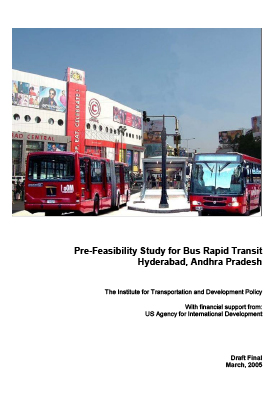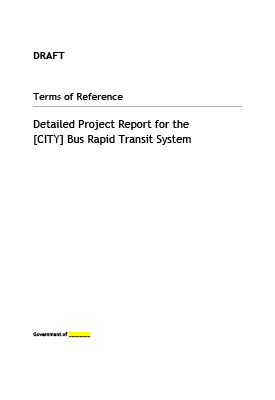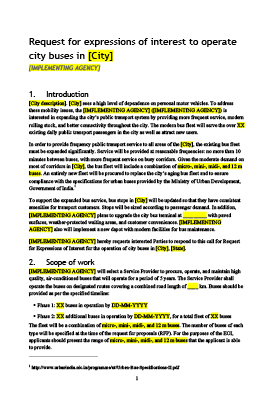Chennai is a city at the cross roads between history & development, with the potential to develop into a global & cultural center that provides improved quality of life to its people. This improved quality of life can be provided through high quality transit systems that not only provide connectivity, but also ensure safety, comfort, increased mobility, brand appeal and civic pride.
Through a review of existing conditions in Chennai, the options available for mass transit systems and their performances around the world and focusing on the role of buses in public transport, this report establishes the need for a proven and easy-to-implement solution in the form of a BRT. Outlined are the key features of the BRT, analysis of existing MTC services and other mass transit facilities for phasing of corridors in Chennai.
Also identified are the steps towards implementing the BRT in Chennai including the components of a special purpose vehicle, role of private sector, funding sources and the steps towards developing a detailed project report, all of which, if implemented, could transform Chennai into a city that provides high quality transport options for both the rich & the poor.




























